Phalaenopsis orchids are beautiful, but when they get pests or diseases, it can be really frustrating. Many people wonder why their healthy plants suddenly wilt. The thing is, orchids can get sick in a predictable way, especially during certain periods.
The "high-risk period" for diseases and pests in Phalaenopsis orchids is during the seasonal transitions in spring and autumn. This happens from March to May and from September to November. During these times, the weather fluctuates between cold and hot, the air is more humid, and there can be significant temperature differences between indoors and outdoors. Poor ventilation also provides the perfect conditions for pests and diseases to thrive.
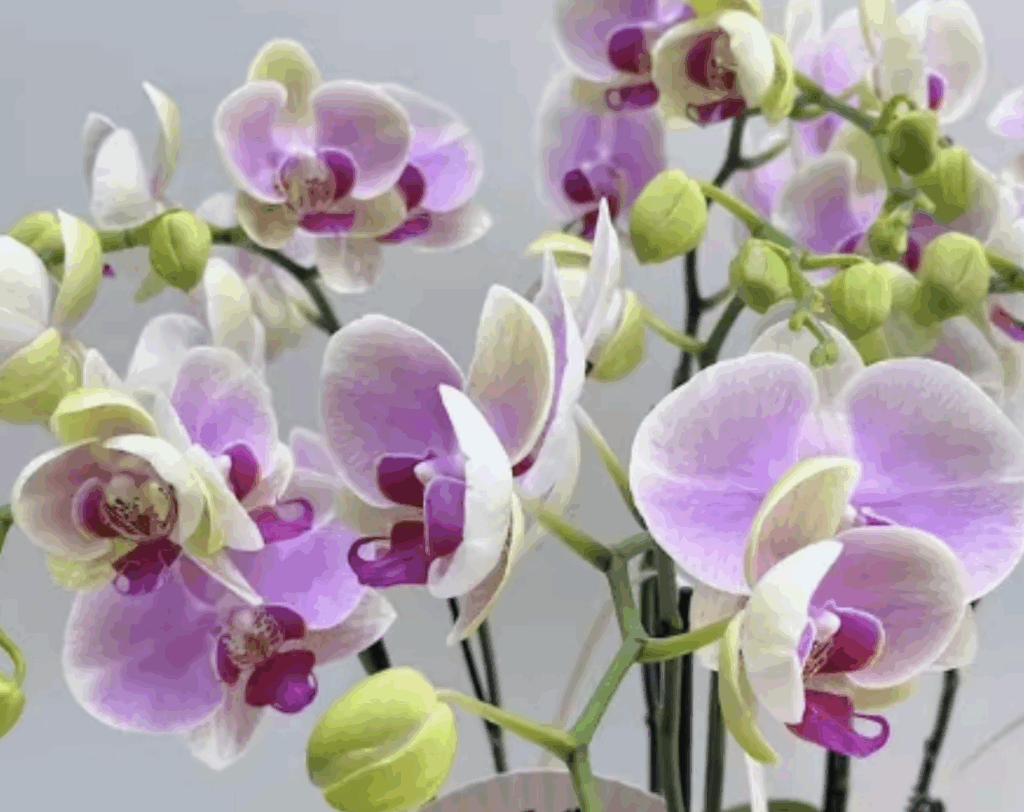
Apart from seasonal factors, some of our care habits can also invite pests and diseases. For example, with watering, some people are afraid their plants will dry out, so they water too frequently. This can lead to stagnant water at the bottom of the pot, causing the roots to become soft and white, which attracts mold. Some people also leave their plants on the balcony in summer, forgetting about them. The sun can wilt the leaves, and diseases take advantage of this weakness. Fertilizing is another issue—if you use too much fertilizer, it can burn the roots, weakening the plant’s resistance and inviting pests like scale insects.
However, preventing pests and diseases in Phalaenopsis orchids doesn’t have to be difficult. Just keep a few key points in mind:
First, make sure the plant is in a well-ventilated area. Even using a small fan to circulate the air can help prevent the growth of pathogens.
Watering is also important. Don’t water the leaves and flowers directly with a watering can. Instead, pour water slowly around the edge of the pot, letting it soak into the soil. After watering, quickly empty the water from the tray to avoid the roots sitting in water. Here’s a little tip: Before watering, touch the soil. If the surface is dry, then it’s time to water. The orchid roots are fleshy, so they’re more sensitive to being overwatered than to being dry.
You should also check your orchid regularly. Look under the leaves for pests, and check the roots for any slimy or foul-smelling areas. If you find scale insects or similar pests, you can use a cotton swab dipped in alcohol to clean them off. Don’t wait until the pests have spread everywhere before you take action.
If the plant does get sick, don’t panic. If you notice spots on the leaves, simply cut off the affected leaves and spray with a fungicide like Mancozeb. If the roots are rotten, remove the orchid from the pot, trim off the damaged roots, and repot it with fresh soil. Be sure to let the roots dry before repotting.
By avoiding the high-risk periods during seasonal changes and paying attention to things like ventilation and watering, you can keep your Phalaenopsis orchid growing healthily. My orchid has been blooming for almost two months and still looks great—this is probably one of the most rewarding aspects of plant care!

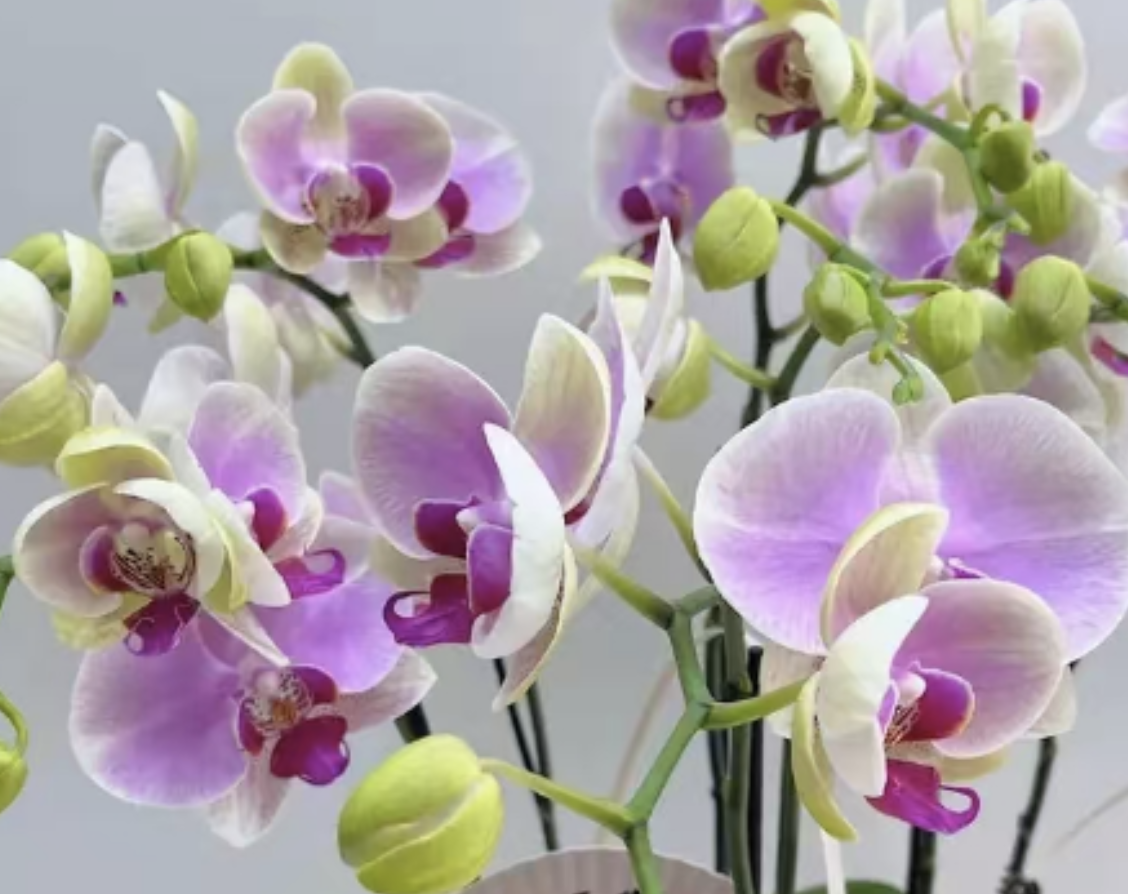
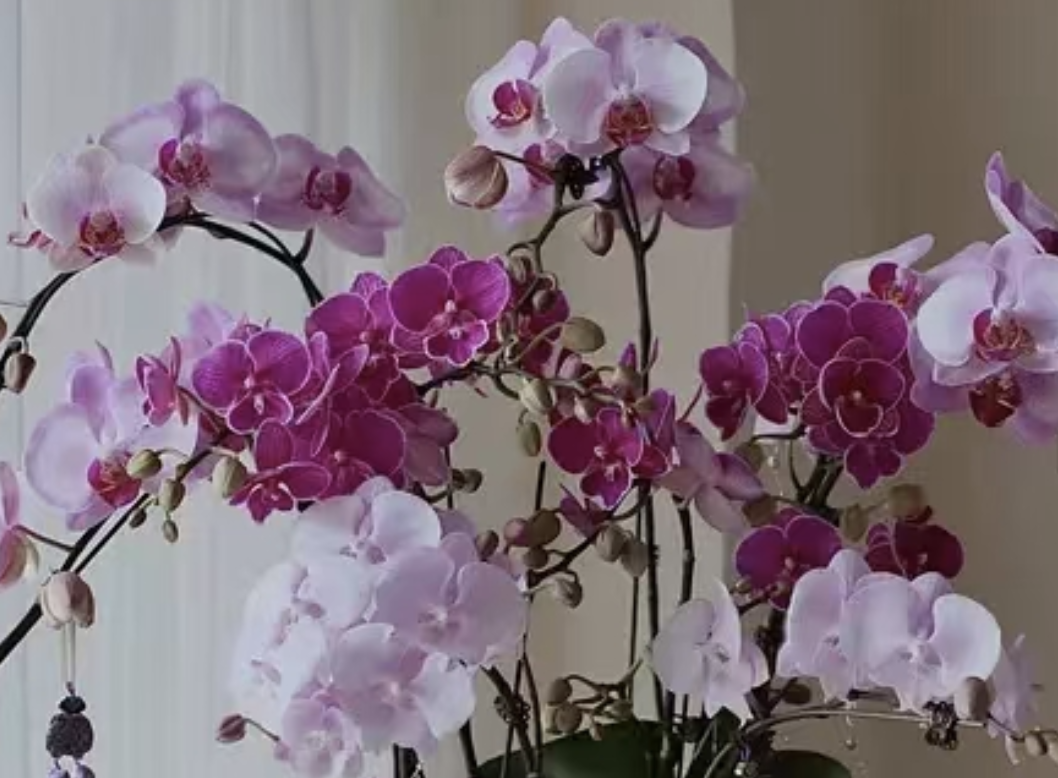
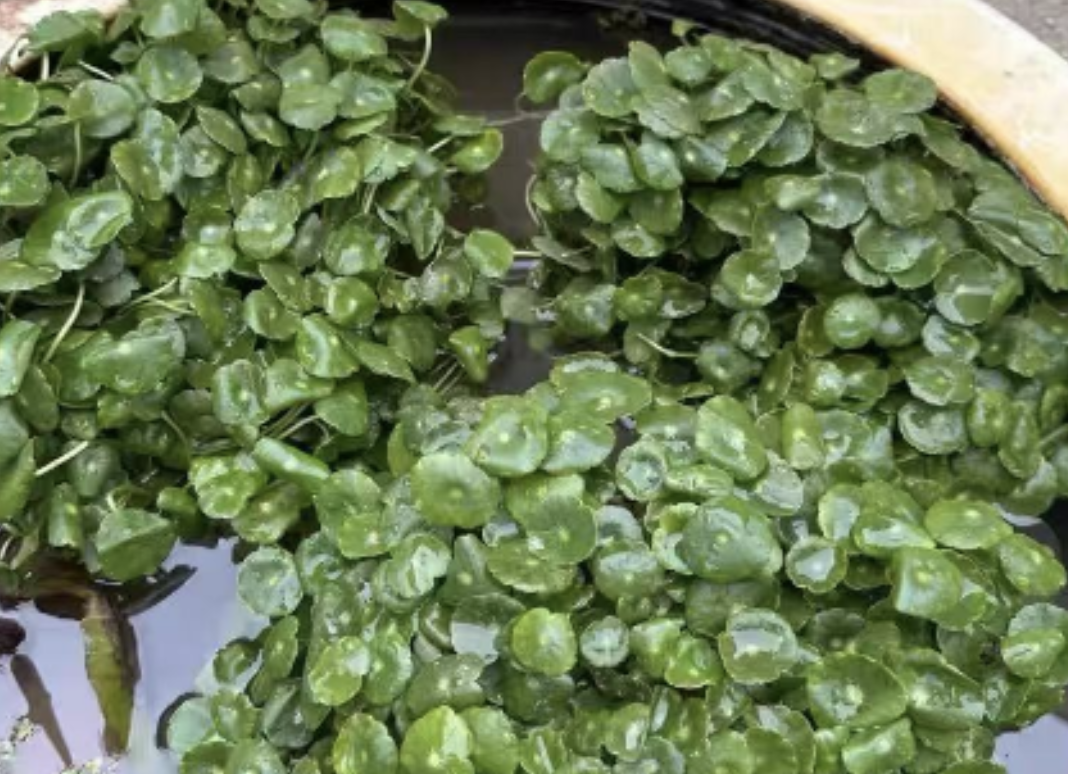
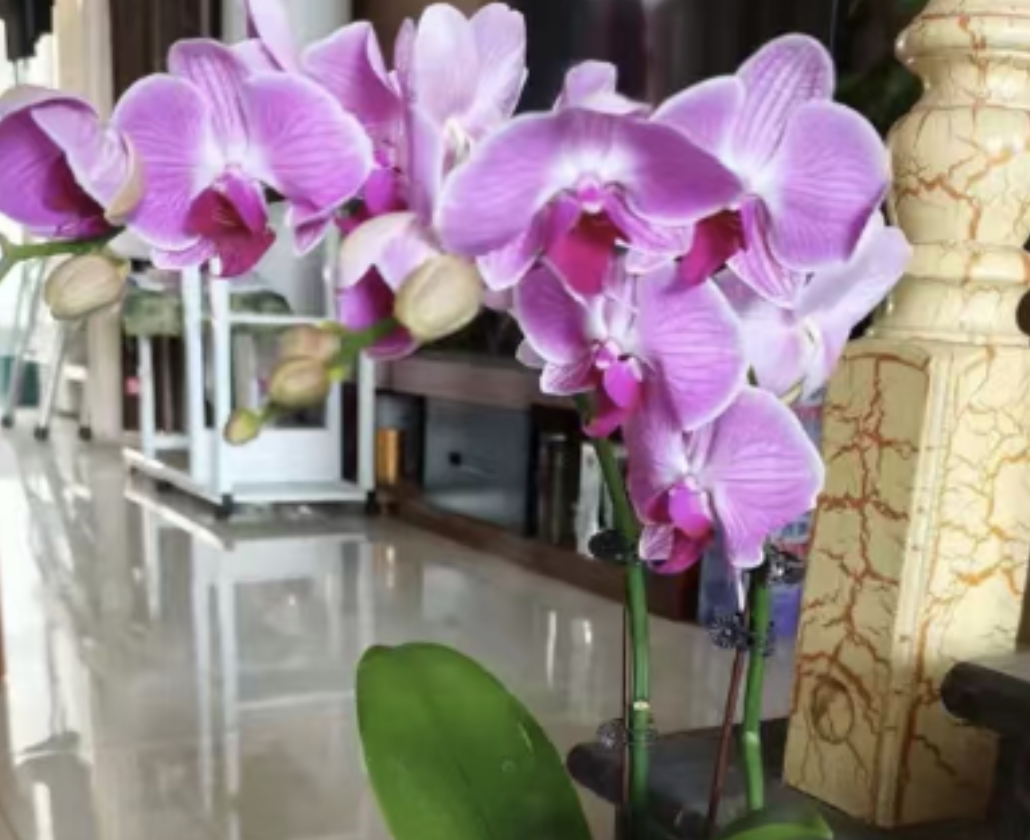
Leave a Reply